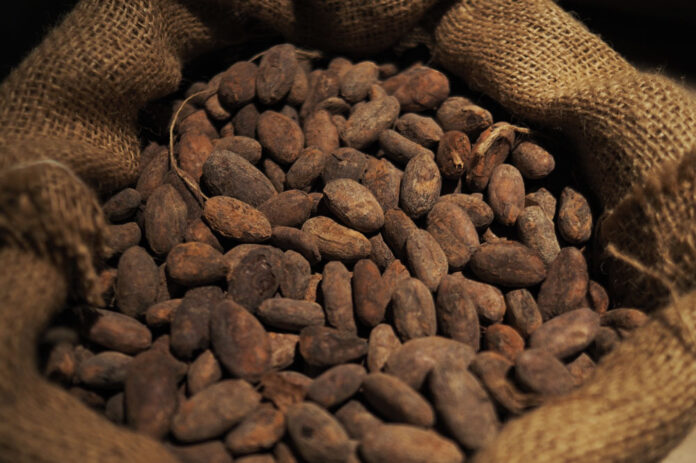Cocoa futures extended their growth and reached record prices in New York as a deficit grips the market, and chocolate and other confectionery products could become more expensive in 2024.
Since the beginning of the year, cocoa prices have soared nearly 30% in London and New York, marking a continuation of the price escalation that began in 2023.
Prices rose as significant producers in Africa have been affected by extreme weather conditions, including rains that contributed to the proliferation of crop pests and thus delayed harvests. Following these conditions, an extreme drought now threatens to further affect production. Ghana and Côte d’Ivoire, West African nations, are the world’s largest producers of this raw material.
In Ghana, the second largest cocoa producer, cocoa exporters and sellers told Reuters that the crop for the current 2023-24 season is only estimated to reach between 475,000 and 500,000 tons, down from 655,000 tons last year.
Consumers are already paying more for sweets, and the situation could worsen as manufacturers contend with rising costs. Although recent gains have encouraged some producers to increase production, new plantings may take several years to bear the expected fruit.
Cocoa reaches record-high prices
Cocoa prices reached US$5,423 per tonne on Friday, surpassing the 1977 high of US$5,379 on the New York Stock Exchange. This positions the most active futures at the highest price in almost 65 years. The cocoa crop was first traded on the exchange over a century ago.
According to experts from the European Cocoa Association, the possibility of prices reaching US$6,000 per ton cannot be ruled out. The world cocoa supply is expected to fall short of meeting producer demand for a third consecutive season.
Although prices are rising, the industry has had to contend with a low return on earnings. Therefore, according to analysts, increased revenues are needed to improve the agricultural sector and ensure future crop production.
Deforestation regulations enacted by the European Union, which came into force at the end of this year, may cause prices to rise. The European bloc is the largest consumer of cocoa in the world, and it may take time for the market to adapt to the data and traceability requirements to comply with the established standards.
This will directly affect the consumer, but it will benefit the environment and cocoa production worldwide in the long run.
Finally, the consequences of the major cocoa producers’ current problems may be felt later this year and next, as cocoa costs typically take 6 to 12 months to reach consumers.



